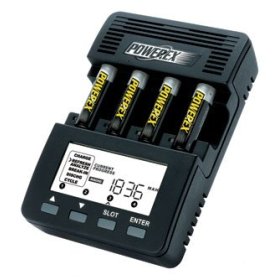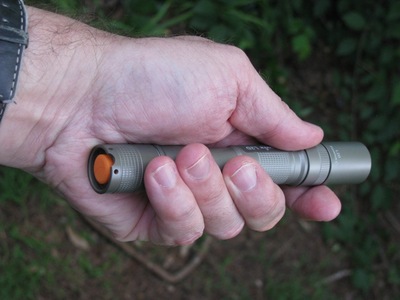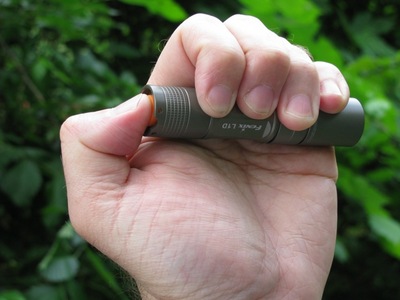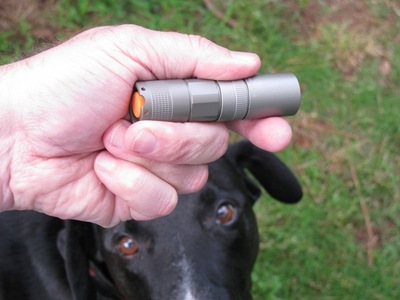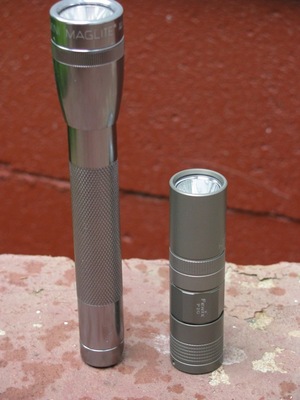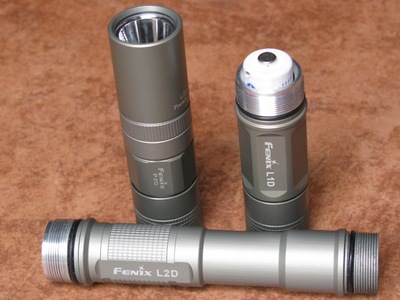Maha MH-C9000 Results
I got the charger yesterday and started putting it through its paces right away. My oldest batteries are 1500 mah. My newest came with a cheap charger that was free with my flashlight. I picked two from each of those sets. Time to put the testing regimen into action.
I have worked on 4 old generic green 1500 mah cells that came with my Archos and therefore are 7 years old. I got capacities from 571 to 1220, so all over the place. I may throw away the weaker of those. I have 4 more, so we'll see how it goes. It would be nice to have a set of 4 strong ones. Doing a Refresh/Analyze cycle actually seemed to hurt a couple of them.
I was hoping the machine could really bring around some off-brand 2900 mah cells that were included in a bonus charger I got when I bought my flashlight on eBay. But these 4 batteries came in with an initial capacity of 827 and 795 mah (less than 30% of nominal capacity!). A R/A cycle brought two them up 5 and 15 mah. Two charge and discharge cycles actually brought them down 21 and 4. I ran the other two in that set and got initial discharges of 759 and 740 before giving them a break-in cycle all weekend (assigning a nominal capacity of 2200) and they came up 52 and 50 mah. Now I am putting them through another break-in. What a waste. I will keep trying to break them in, but it doesn't look good. Update: I ran all 4 of these through 5 charge/discharge cycles since I would be out of town for a few days. Didn't make much difference. I contacted the eBay seller and will return them, but it seems like they will just send me some more bad batteries.
Some Sanyo 2700 mah batteries I have had for about a year and have been using in my camera came in very strong. 2410 and 2347 mah on their first discharge and up 178 and 182 mah after their first R/A. That gets them within 200 mah of nominal capacity and maybe another R/A would get them there. These are the best batteries I own and they've never been fried in a cheap charger. Plus these are made in Japan by Sanyo. Got similar results with the other two in the set. Good batteries!
I had four beat up 2200 mah batteries with a brand name Digital on them. They actually did pretty well, coming in at 1577, 1601, 1671, and 1791 after a RA cycle. Probably worth keeping.
Also had some 2000 mah batteries by Digipower. These were in really bad shape. One came in with a reading of HIGH and I couldn't discharge or charge it. Another missed its charging cutoff (the Maha can do that if it isn't charging at more than 500 ma and I was using 400 ma). Another one came in at 1080 after a RA cycle.
I had some Kodak batteries that had to be almost 10 years old with a capacity of 1450 mah. I got capacities of 1174, 1223, and 1225. Those were probably really good batteries in their day. I use them in a portable CD player.
Some Sanyo Eneloop 2000 mah batteries I bought last year demonstrated their remarkable consistency by measuring 2008, 2047, 1998, and 2008 mah. It is no wonder that so many people at Candlepower who use this charger also swear by Eneloops. These are good to keep in the Archos.
I had some really old AAA energizers that came in fairly well. AAA's have a lot less capacity than AA batteries. These had a nominal capacity of 650 mah and they came in at 521, 539, 555, and 592.
The biggest thing is it takes a really long time for all of this. The break-in cycle is nearly 2 days long. The R/A cycle can run 24 hours (charge, discharge, charge).
